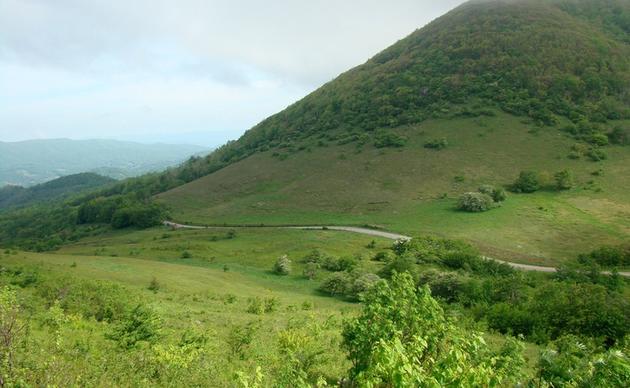Outer Banks and Inshore Ocean IBA
The Outer Banks, Inshore Ocean is a rich and productive area of ocean that supports a diverse assemblage of birds and other marine life throughout the year. This site includes the inshore waters along the northern Outer Banks between Cape Hatteras and the North Carolina–Virginia state line. The eastern and western boundaries of the site include an area of ocean from the surf zone to approximately 3 miles offshore.
Due to commercial and recreational fishing, primary threats to birds at this site include bycatch of birds in commercial fishing gear and entanglement of birds in discarded monofilament fishing line. Additionally, commercial fishermen set nets that are responsible for the death of more than a thousand diving birds annually, according to studies. The primary species impacted include Northern Gannet, Common Loon, Red-breasted Merganser, and Double-crested Cormorant.
This site is important for coastal birds throughout the year. During spring and summer months, the site is a key foraging area for terns nesting on nearby beaches and islands. During migration, the site is a foraging area for many species of gulls and terns, as well as a key migration corridor for loons and sea ducks. During winter months, the site supports North Carolina’s largest population of Northern Gannets and Redbreasted Mergansers. These birds move throughout the site depending on the location of forage fish. The large concentration of gulls at Cape Point on the Cape Hatteras National Seashore routinely uses this Important Bird Area for its primary foraging area.
How you can help, right now
Donate to Audubon
Help secure the future for birds at risk from climate change, habitat loss and other threats. Your support will power our science, education, advocacy and on-the-ground conservation efforts.
Sign Up For Our eNewsletter
Keep up-to-date on all that happens with Audubon North Carolina's research, events and volunteer opportunities.




